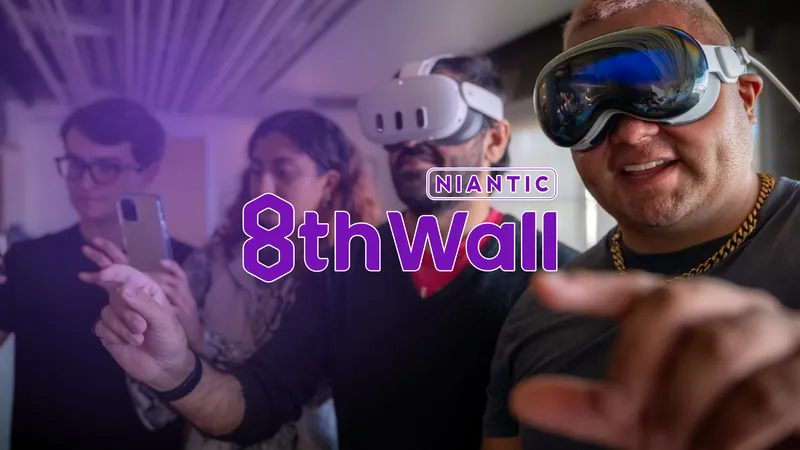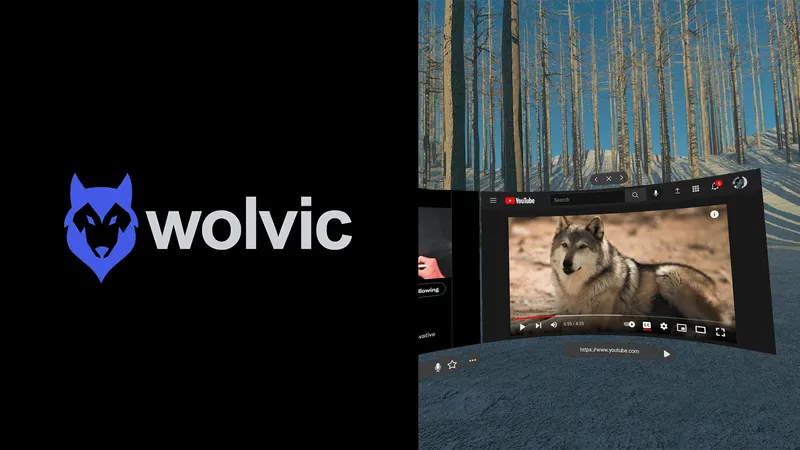Early in 2015 tech adviser Digi-Capital estimated the virtual and augmented reality markets would hit $150 billion in revenue by the year 2020, with AR taking the majority of the money. Now at the start of 2016, Digi-Capital founder Tim Merel revised the estimate downward by about $30 billion because, he told UploadVR, “it looked like consumer AR was going to launch in 2016. Over the course of last year Microsoft and other AR players announced that their focus would be primarily enterprise in 2016. So we anticipate consumer AR launching more in 2017 than 2016.”
So in less than a year one analyst’s prediction of the size of the VR/AR market shifted from $150 billion to $120 billion, with VR taking a bigger chunk of the remaining money because it became clear Microsoft’s HoloLens would be initially geared toward the enterprise market (as it costs $3,000 for a dev kit). According to Merel’s updated estimates, AR will now overtake VR in 2019.

I have a hard time picturing how the AR market gets so large without a breakthrough device at an affordable price in sight. Google Glass was $1,500 and could be hardly called AR. HoloLens is AR but it costs so much and is so large it is likely to be limited to home use, where VR could be used more affordably for some important non-entertainment use cases like designing a building or examining medical imagery.
Meanwhile, we’re at the cusp of the launch of at least three VR platforms (Sony, Oculus and SteamVR) and if any one of these is enough of a hit to fund a second generation that is more powerful and less expensive, VR enters a cycle where each generation gets smaller and more functional. If that happens, isn’t it conceivable VR devices end up just adding AR as another feature? The first generation mobile VR (Gear VR) and wired VR (Vive) already feature outward facing cameras.
“Based on discussions with AR players, we anticipate AR pricing similar to smartphones and tablets in the 2017/2018 timeframe,” Merel told UploadVR. “Pass through video by VR devices for AR is great for specific use cases. For truly mobile use cases (i.e. walking down the street) pass through video latency, peripheral vision, and form factor issues might need to be addressed for VR to function similarly to dedicated AR.”

























